Use and Assembly of the Advanced Low Volume Membrane Kit
Last Updated: 8/21/19 by Neil Spinner
Download as PDF1Abstract
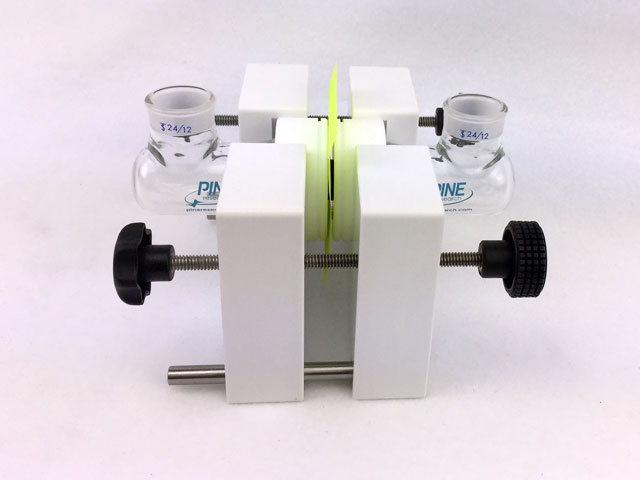 Advanced Low Volume Membrane Kit I
The cell is designed to diffusionally isolate half-reactions using a membrane or separator, which is supplied by the researcher. The cell is not a pressure vessel, so if any insert gas is added (e.g., using a purge/sparge tube), be sure to add a vent in the headspace. This is true for both sides of the cell, as gas will not easily pass from one half to the other with traditional membranes.
Advanced Low Volume Membrane Kit I
The cell is designed to diffusionally isolate half-reactions using a membrane or separator, which is supplied by the researcher. The cell is not a pressure vessel, so if any insert gas is added (e.g., using a purge/sparge tube), be sure to add a vent in the headspace. This is true for both sides of the cell, as gas will not easily pass from one half to the other with traditional membranes. 2Advanced Low Volume Membrane Kit Assembly
2.1Membrane Kit Items and Assembly
 Advanced Low Volume Membrane Kit I
comes with the items shown below (see Figure 1).
Advanced Low Volume Membrane Kit I
comes with the items shown below (see Figure 1).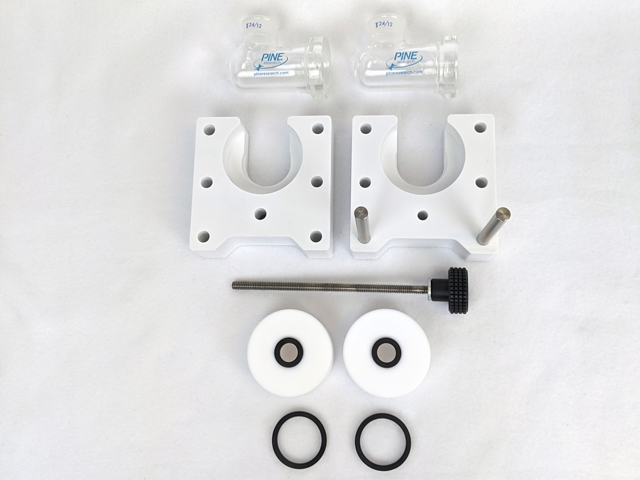
Figure 1. Hardware included with the Advanced Low Volume Membrane Kit
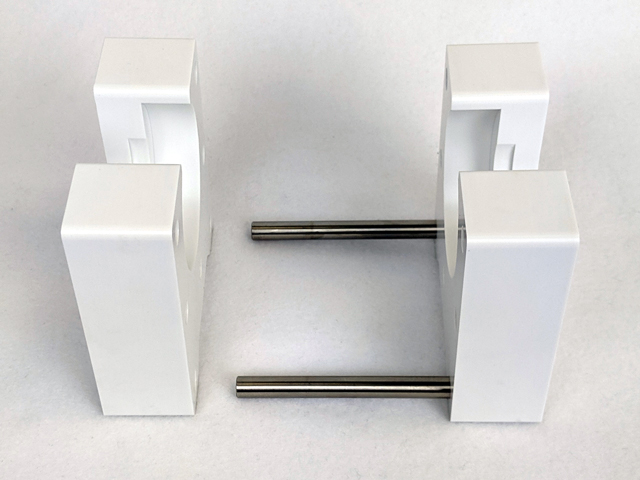
Figure 2. Arrange the two PET frame pieces facing each other
 Advanced Low Volume Membrane Kit I
(Pine Research part number AC01CKT1021M03) have a 1 cm2 opening, meaning the exposed surface area of the membrane/separator between the two half cells will be 1 cm2. Pucks with different sized bore openings may be available upon request.
Advanced Low Volume Membrane Kit I
(Pine Research part number AC01CKT1021M03) have a 1 cm2 opening, meaning the exposed surface area of the membrane/separator between the two half cells will be 1 cm2. Pucks with different sized bore openings may be available upon request.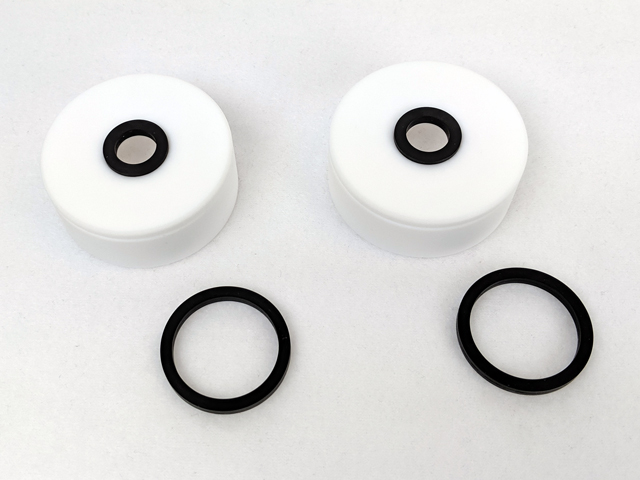
Figure 3. Half cell “pucks” (1 cm2 bore area) with O-rings
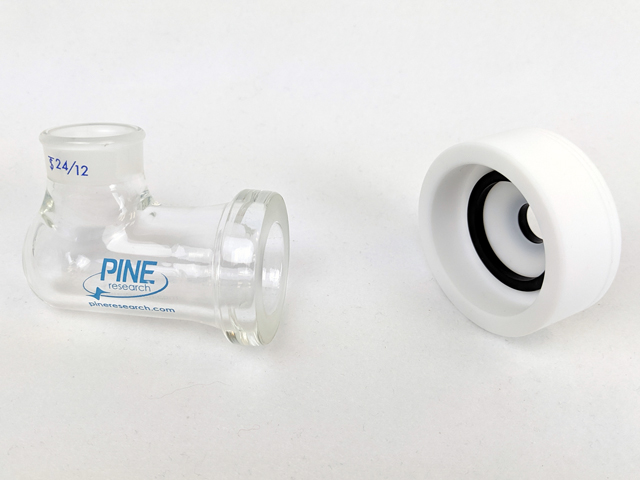
Figure 4. Glass half cell with PTFE puck and both O-rings installed
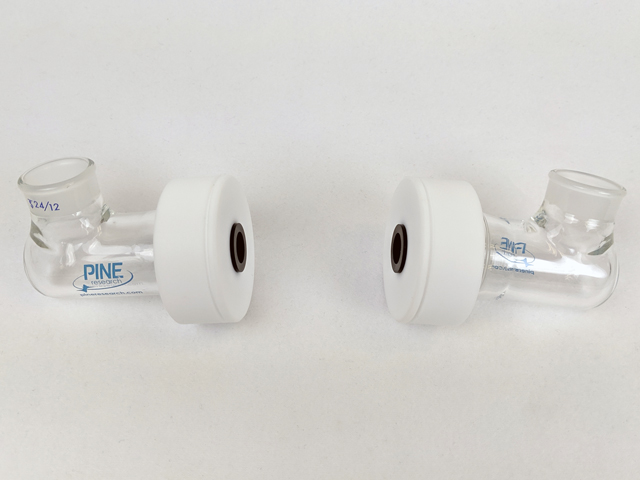
Figure 5. Glass half cells inserted into PTFE pucks
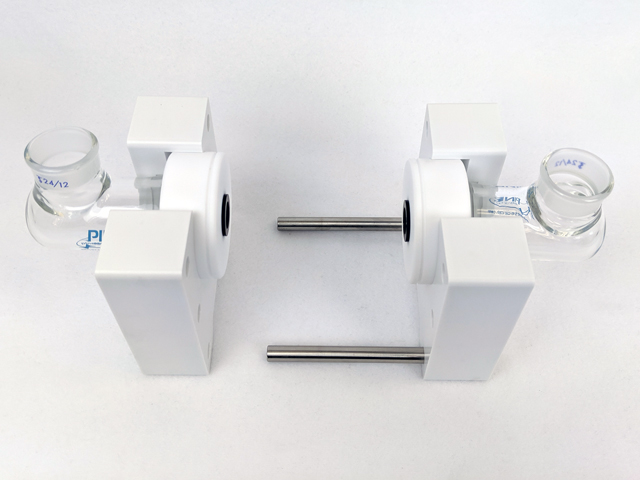
Figure 6. Half cells and pucks inserted into PET frame pieces
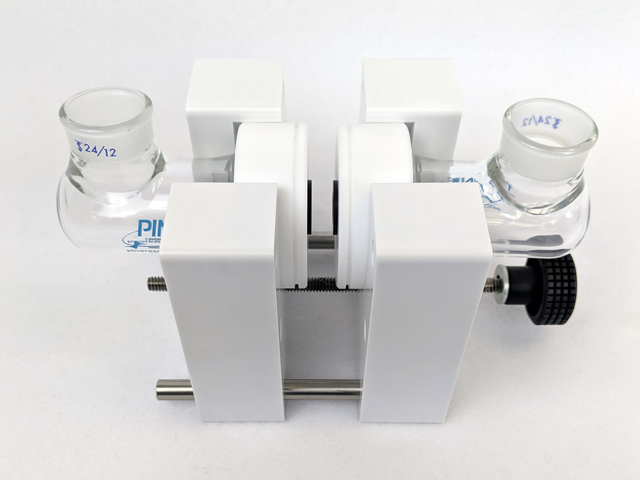
Figure 7. Begin tightening the membrane kit together using the long metal screw
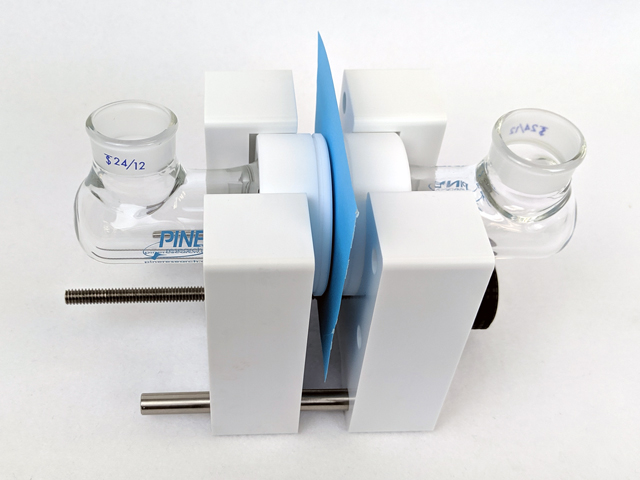
Figure 8. Fully-assembled Advanced Low Volume Membrane Kit
2.2Sealing Electrodes and Purge/Sparge Tubes in Cap Kit
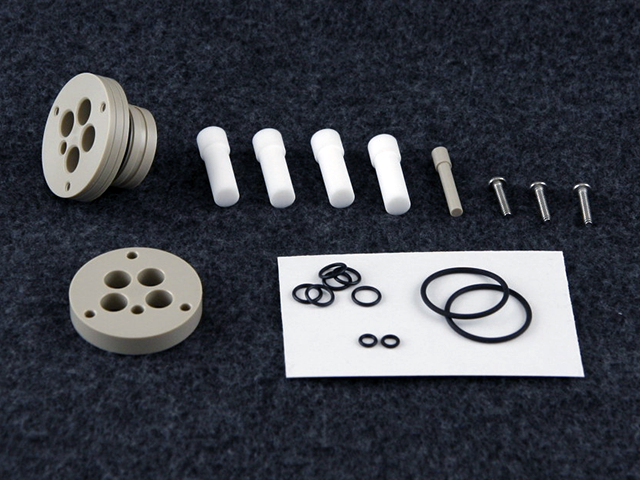 Low Volume Cell Series Cap Kit
is designed to tightly seal around all LowProfile electrodes (E1B series electrodes)
Low Volume Cell Series Cap Kit
is designed to tightly seal around all LowProfile electrodes (E1B series electrodes)
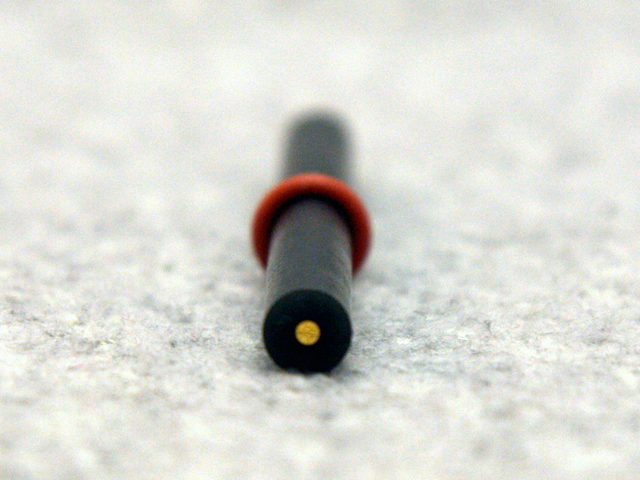 E1B LowProfile Precious Metal Electrodes
and purge/sparge tubes. Once assembled, the cap kit seals into the top 24/12 joints in the membrane kit half cells. Two cap kits, as well as four purge/sparge tubes (Pine Research part numbers RRPG261 and RRPG262), are included in the Advanced Low Volume Membrane Kit bundle.
E1B LowProfile Precious Metal Electrodes
and purge/sparge tubes. Once assembled, the cap kit seals into the top 24/12 joints in the membrane kit half cells. Two cap kits, as well as four purge/sparge tubes (Pine Research part numbers RRPG261 and RRPG262), are included in the Advanced Low Volume Membrane Kit bundle.
 Advanced Low Volume Membrane Kit I
Advanced Low Volume Membrane Kit I
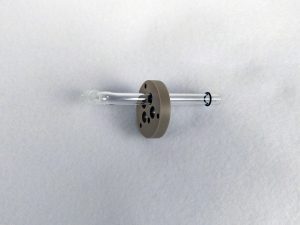
Figure 9. With the thin aspect of the cap kit, insert a probe (a purge tube in this image) through the appropriate hole and add an O-ring.
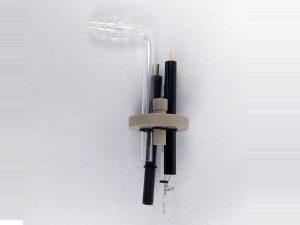
Figure 10. Repeat the probe and O-ring insertion for each type of electrode, plug, or glass tube. Take special caution to appropriately adjust the height of the O-ring to ensure the assembled cap will fit into the cell without the probes hitting the bottom of the cell surface.
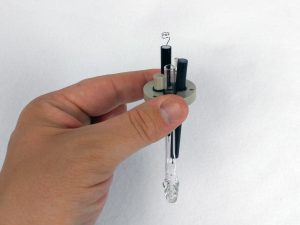
Figure 11. Invert the cap so that the probes are held in place when the O-ring hits the cap. Again, adjust height appropriately.
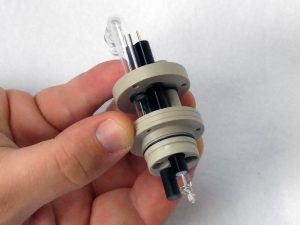
Figure 12. Slide the larger part of the cap kit onto the probes. Note: there is a directionality and the cap will only fit on in one orientation. Shown here is the cap kit with probes and O-rings installed, just before sealing the probes into the cap.
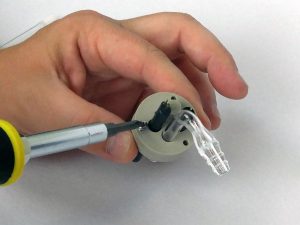
Figure 13. Install a screw to join the two cap halves. Loosely tighten one screw at a time to appropriately balance the cap seal. Note: it is useful to insert the cap kit with electrodes into the half cell at this stage, before completely tightening the three screws. This allows any displaced air or fluid in the half cell from becoming pressurized as the cap kit is pressed into place.
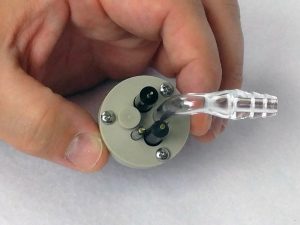
Figure 14. Once all three screws are loosely installed, slowly tighten each in a random order, watching the side of the cap to ensure pressure against the O-rings is applied evenly.



